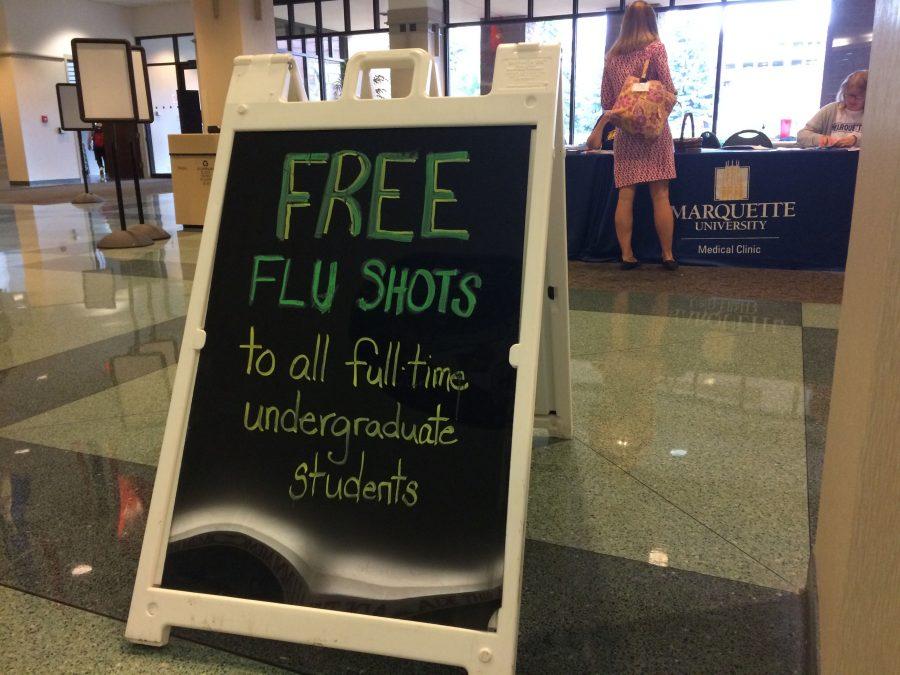 Warning: You might get sick from a pack of cigarettes before even taking a drag.
Warning: You might get sick from a pack of cigarettes before even taking a drag.
Last week, the Food and Drug Administration released 36 potential graphic warning labels to put on cigarette packages. The warning labels, nine of which would be required to cover 50 percent of the box on all cigarette packs, feature disturbing pictures of cancer-ridden mouths, diseased lungs and even corpses.
The actual labels that will be used on the packaging will be selected in June after the FDA reviews public comments and scientific research on the warnings. Cigarette makers will then have 15 months to implement the new warning signs.
Craig Andrews, professor and Kellstadt chair in marketing, is a member of the FDA’s Risk Communication Advisory Committee, and conducted independent research on the effects of graphic warning labels on cigarette packages. Andrews’ research, sampling over 500 adult smokers, was conducted with fellow colleagues from Villanova University and the University of Arkansas, and found that more graphic pictorial labels “strengthen smokers’ intentions to quit.”
“That is because fear and emotion from the graphic visuals have a more powerful effect on intentions to quit than recall and knowledge of simple message facts,” Andrews said in an e-mail.
It is easier for tobacco users to rationalize smoking when the effects of tobacco have not yet directly affected them, Andrews said. Also, he said, common knowledge of tobacco is often ignored when the effects of tobacco are thought of to be long-term in nature.
“It’s harder to discount the graphic visuals that engage the smoker, are novel and make the health consequences of smoking vivid and real,” he said in an e-mail. Andrews also indicated that testing of the proposed FDA graphic visual warnings with samples of adult smokers, adolescent smokers, and non-smokers is very important in making final decisions on the actual warnings recommended.
Tobacco company R.J. Reynolds, which refused to comment for this story, has reportedly already filed suit against the government to challenge the FDA’s new warning label rule.
Gerald Thain, a professor of law, said the major argument from the tobacco companies is that their First Amendment rights are being violated. He also said it is unclear how successful big tobacco’s litigation against the FDA is likely to be.
“The continuing attacks on tobacco advertising are in part due to the 450,000 premature deaths attributed to smoking by the Surgeon General and the Centers for Disease Control and Prevention,” Thain said in an e-mail.
The major debate in Washington, according to Thain, is whether a legal product like tobacco should be regulated to this degree, or even if cigarettes should be banned completely.
“The country’s unhappy experience with the prohibition of alcohol experiment of 1919-1933 is the counter-argument usually presented in favor of regulation as opposed to prohibition,” he said.
Despite the very graphic pictures proposed by the FDA, not all Marquette students are convinced of the effectiveness of graphic warnings.
Andy Kohn, a junior in the College of Business Administration, said he smokes cigarettes on a regular basis. Kohn called the warnings “disgusting,” and thinks people will just ignore the warnings on the packages.
“I just think tobacco education is more effective than gory warning labels,” Kohn said.
Tim Gainey, a junior in the College of Health Sciences, is also critical of the new warning labels. Gainey, who is an infrequent cigar and pipe tobacco smoker, thinks the FDA is recycling the same well-known facts to the American people.
“I also think (the warnings) are a poor preventative measure since many smokers start before the age of 18 and get their cigarettes from their peers, probably not being exposed to the new labels at all,” Gainey said.








Welch • Nov 21, 2010 at 10:44 pm
Finally, someone reminds us of the risks!